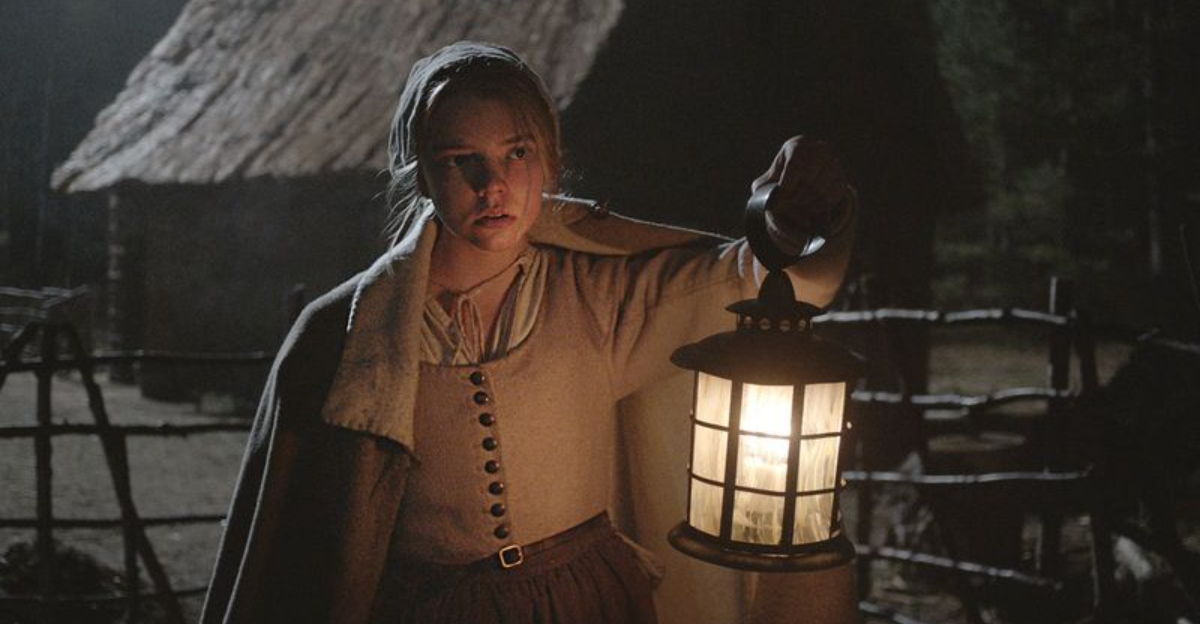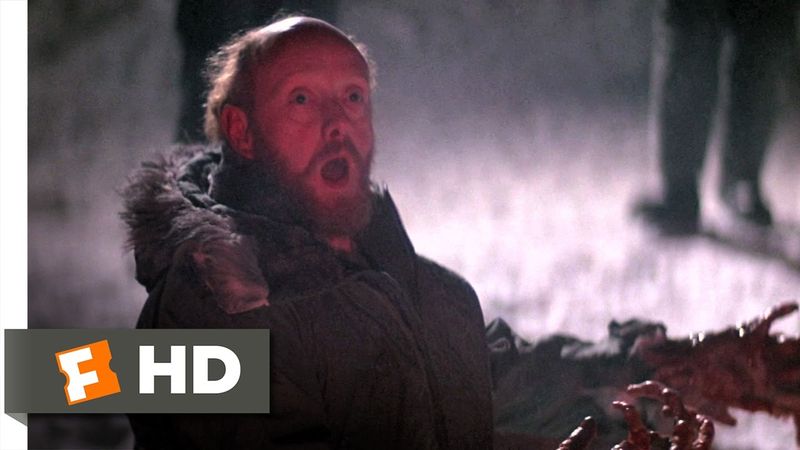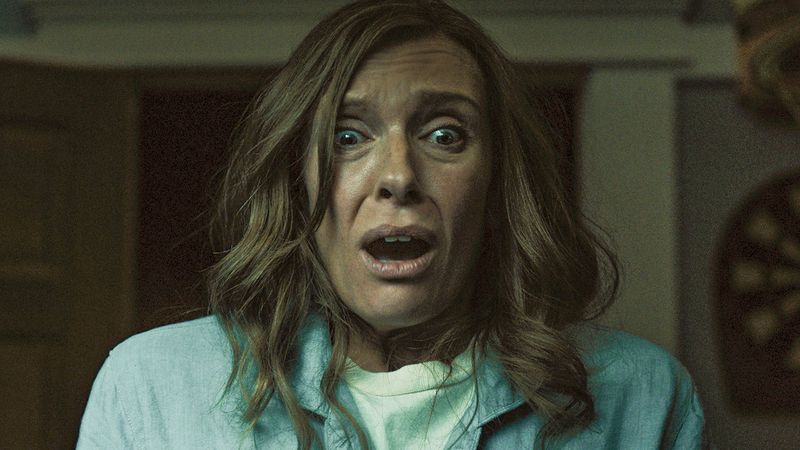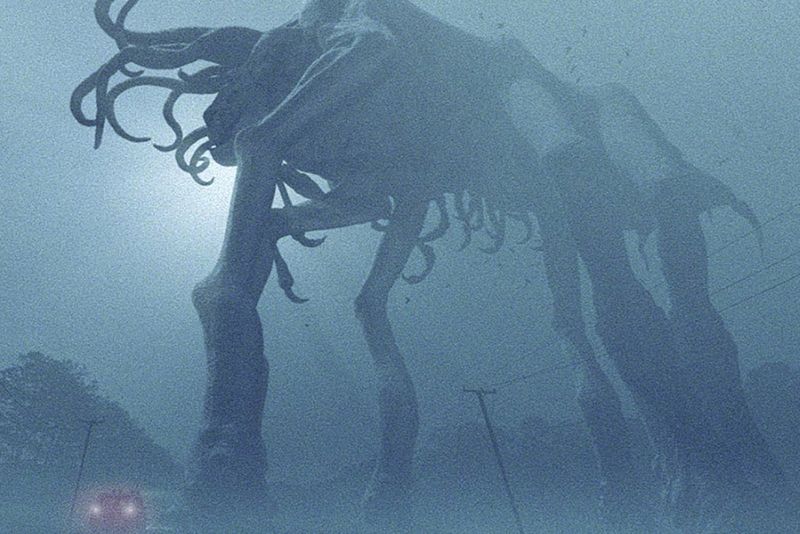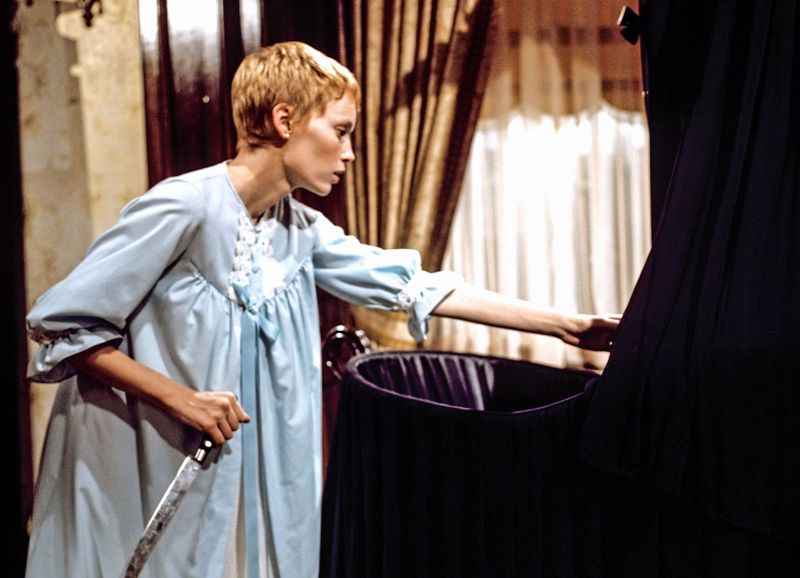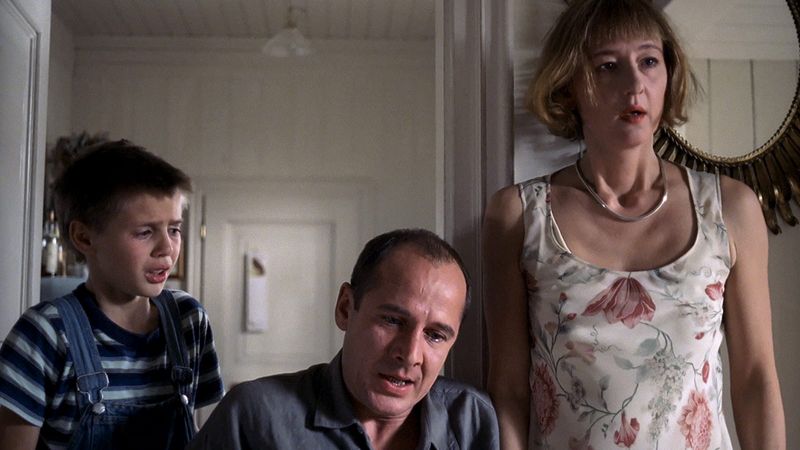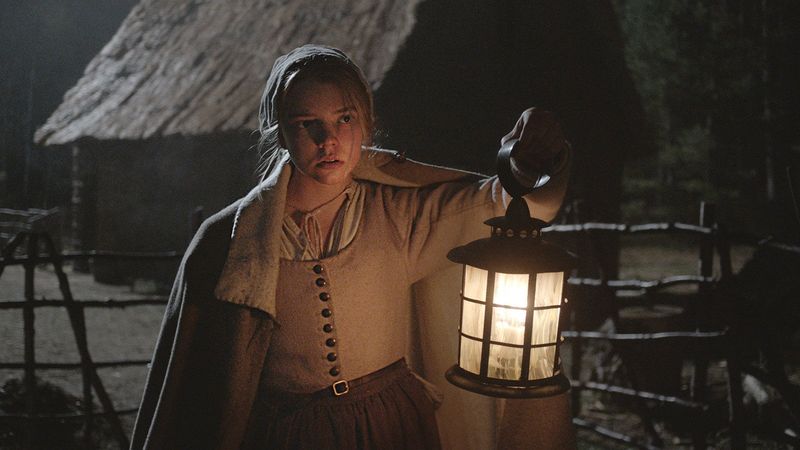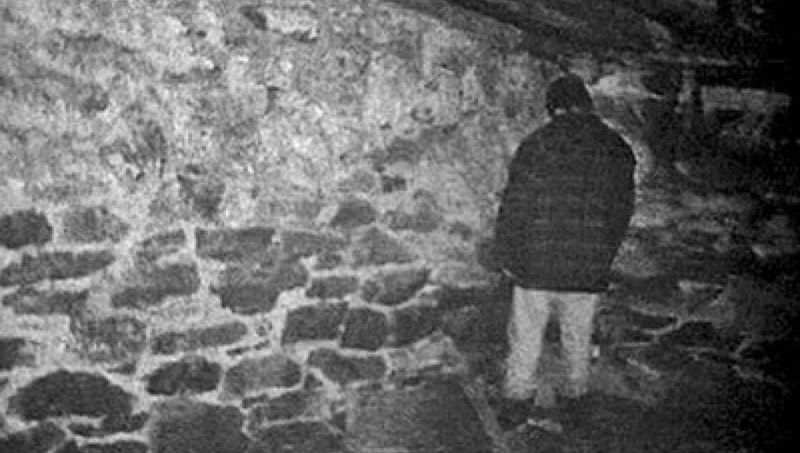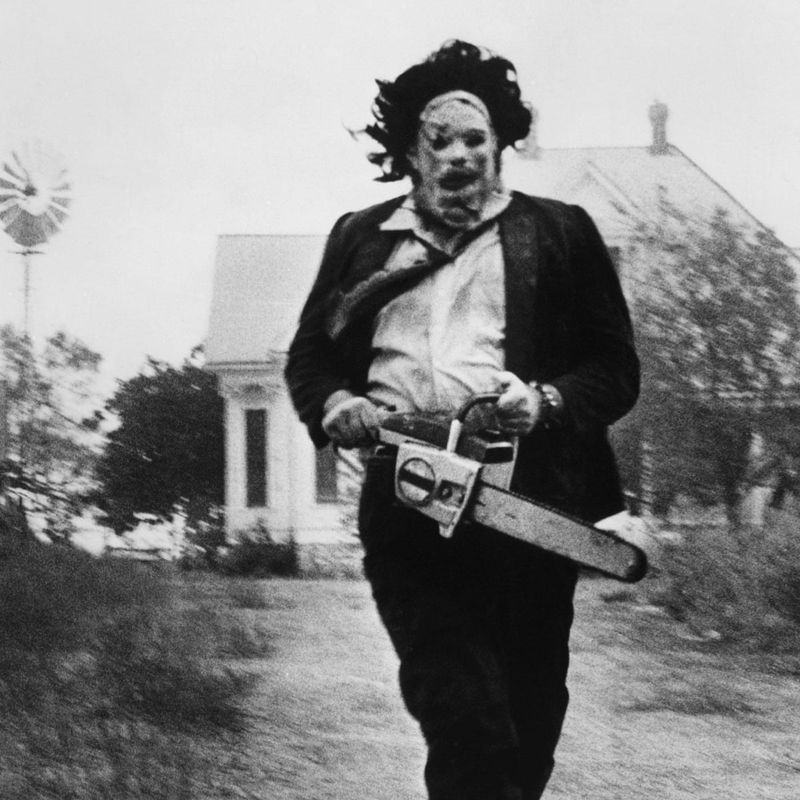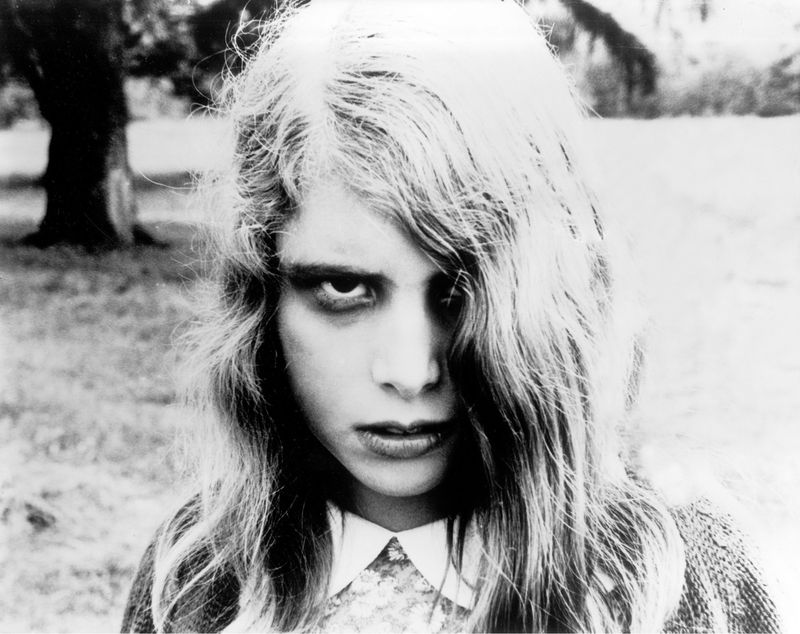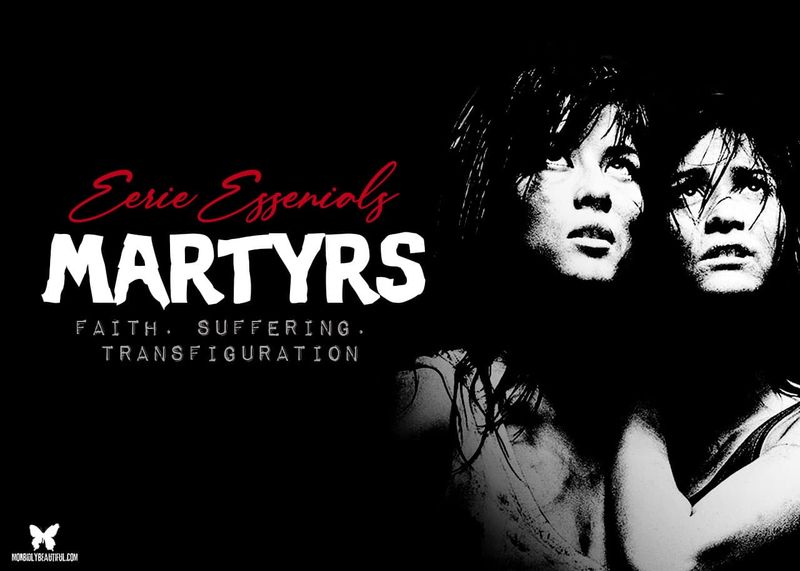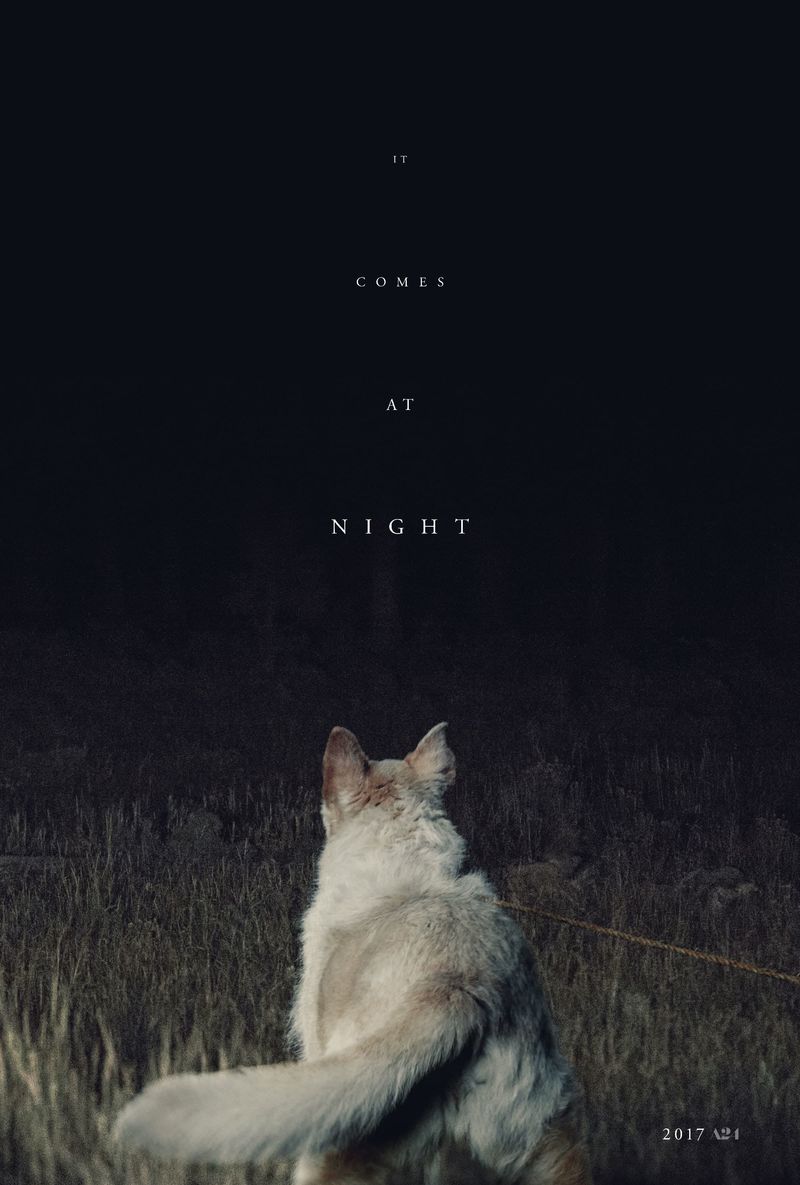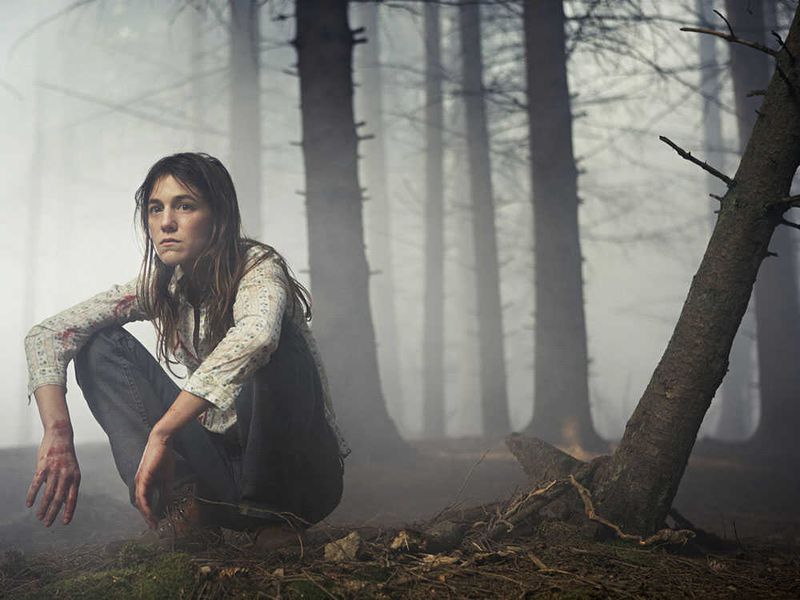In the realm of horror cinema, some films stand out not just for their scares but for the haunting realization that victory is elusive, and defeat is inevitable. These movies leave audiences with chilling reflections and a sense of hopelessness, as no character or viewer truly finds solace.
From isolated arctic stations to suburban homes infiltrated by evil, these tales explore the depths of despair and the terrifying notion that sometimes, no one gets out unscathed.
Here’s a look at 12 such cinematic masterpieces where the horror is matched only by the futility of triumph.
1. The Thing (1982)
In the icy desolation of Antarctica, an alien creature causes paranoia and terror among a research team. Director John Carpenter crafts a tense narrative where trust evaporates, and survival becomes a distant hope. The chilling isolation amplifies the fear, leaving no room for heroics. As the alien mimics each team member, uncertainty reigns supreme. The ending, shrouded in ambiguity, leaves the audience pondering the fate of the last survivors. Is the alien still among them, or are they doomed to freeze with suspicion? The Thing masterfully illustrates a scenario where trust is a commodity, and survival is elusive.
2. Hereditary (2018)
Hereditary crafts a tale of familial despair and dark legacies. Ari Aster’s unsettling horror reveals a family unraveling due to a sinister cult’s manipulations. Grief-stricken and desperate, the family members find themselves trapped in a nightmare of supernatural control. The film’s slow burn builds tension, culminating in a climax that offers no victory, only horror. As demonic forces puppet their lives, hope is extinguished. Hereditary stands as a poignant exploration of inherited trauma and the futility of resistance against ancient evils. Its legacy is one of unrelenting dread, where escape and salvation are mere illusions.
3. The Mist (2007)
In the foggy confines of a small town, fear takes tangible form in Frank Darabont’s The Mist. When a strange mist envelops the town, hiding grotesque creatures, a group of survivors seeks refuge in a grocery store. Their sanctuary quickly becomes a battleground of ideologies and desperation. The film’s heart-wrenching ending delivers a devastating twist, where hope and salvation are cruelly snatched away. The Mist is a stark reminder of human fragility and the horrors that lie within and beyond the fog. It paints a bleak picture of survival where despair is the only certainty.
4. Rosemary’s Baby (1968)
Rosemary’s Baby weaves a tale of horror within the mundane, set in a seemingly ordinary New York apartment. Roman Polanski tells the story of Rosemary, whose life spirals into chaos when she becomes the unknowing pawn of a satanic cult. Her journey from unsuspecting mother-to-be to the harrowing realization of her child’s ominous origins is a chilling descent. As Rosemary cradles her newborn, acceptance mingles with horror. The film masterfully captures paranoia and the corrupting nature of evil, leaving viewers unnerved by the ordinary turned sinister. It’s a cautionary tale of trust betrayed and innocence lost.
5. Funny Games (1997 / 2007)
Funny Games challenges audiences with its meta-horror narrative, where reality and fiction blend into a chilling experience. Directed by Michael Haneke, this tale of home invasion defies traditional horror tropes. The intruders, with their unnerving politeness, break the fourth wall, implicating viewers in the unfolding violence. Their games offer no escape, no justice, only a relentless spiral into despair. The film’s unsettling atmosphere forces audiences to confront the nature of violence and its portrayal. Funny Games is an exercise in discomfort, where the boundary between spectator and participant blurs, and victory is a distant illusion.
6. The Witch (2015)
The Witch conjures a haunting vision of Puritanical fear and isolation. Set in 1630s New England, Robert Eggers crafts a tale where religious fervor fuels paranoia and familial disintegration. As supernatural forces encroach, the family’s unity crumbles amid accusations and dread. Thomasin’s journey from innocence to sinister revelation is a chilling transformation. The film’s authenticity immerses viewers in a world where evil manifests in the everyday, and liberation comes at a dark price. The Witch paints a portrait of a world where fear is omnipresent and salvation is a mere whisper in the woods.
7. The Blair Witch Project (1999)
The Blair Witch Project redefined horror with its found-footage format, leaving audiences questioning reality. Filmmakers Daniel Myrick and Eduardo Sánchez blur fiction and fact as three filmmakers venture into Maryland’s woods, seeking the legendary Blair Witch. Their journey turns nightmarish as unseen forces toy with their sanity and survival. The film’s minimalist approach amplifies dread, leaving viewers disoriented and fearful of the unknown. As the trio disappears, the lack of closure haunts both characters and audience. The Blair Witch Project is a testament to the power of suggestion and the terror of ambiguity.
8. The Texas Chain Saw Massacre (1974)
The Texas Chain Saw Massacre remains a seminal work in horror, infamous for its relentless terror. Tobe Hooper’s narrative thrusts viewers into a grim world of cannibalistic madness and brutality. Sally’s escape offers no relief, only a glimpse into the abyss. Leatherface and his demented family continue their unholy reign, unchecked and unrepentant. The film’s gritty realism and chaotic energy create an atmosphere of inescapable dread. It’s a visceral experience where survival comes at the cost of sanity, and the American heartland becomes a nightmare. This is horror at its rawest, where escape is only partial.
9. Night of the Living Dead (1968)
Night of the Living Dead redefined the zombie genre, introducing a bleak vision of a world overrun by the undead. George A. Romero’s groundbreaking film explores societal issues through the lens of horror. As survivors barricade themselves in a farmhouse, chaos reigns both inside and out. The film’s shocking conclusion, where mistaken identity leads to tragedy, resonates with themes of fear and prejudice. This is a story of survival where humanity’s darker nature emerges, and victory is a fleeting mirage. Night of the Living Dead remains a chilling allegory of societal collapse and the fragility of civilization.
10. Martyrs (2008)
Martyrs, a French horror masterpiece, pushes boundaries with its exploration of suffering and transcendence. Pascal Laugier’s film delves into trauma, questioning the nature of pain and its purpose. The protagonists endure unimaginable torment at the hands of a secretive cult, aiming to glimpse the afterlife. The film’s unrelenting brutality shocks, yet its philosophical undertones provoke reflection. Martyrs doesn’t offer resolution, only the unsettling notion that enlightenment comes with a cost. It’s a harrowing journey into despair, where the line between victim and martyr blurs, leaving viewers in a state of existential unease.
11. It Comes at Night (2017)
It Comes at Night is a haunting exploration of paranoia and the human psyche. Trey Edward Shults crafts a tense narrative where fear of contagion leads to mistrust and violence. In a post-apocalyptic world, a family seeks refuge but finds that their greatest threat lies within. The film’s claustrophobic atmosphere and psychological tension create a sense of impending doom. As alliances crumble and sanity unravels, the true horror emerges not from external monsters, but from the depths of human nature. It Comes at Night is a chilling reminder of the darkness lurking in even the most secure sanctuaries.
12. Antichrist (2009)
Antichrist is a visceral and unsettling exploration of grief and madness. Director Lars von Trier crafts a narrative where a couple retreats to the woods, seeking solace after tragedy. Their descent into chaos and violence is both disturbing and hypnotic. The film’s dreamlike visuals and haunting symbolism create a sense of unease that lingers long after viewing. Antichrist challenges traditional horror norms, offering no catharsis or redemption. It stands as a testament to the complexities of human emotion and the darker aspects of the psyche, where nature itself becomes a character of malevolent intent.
